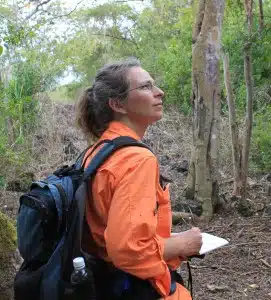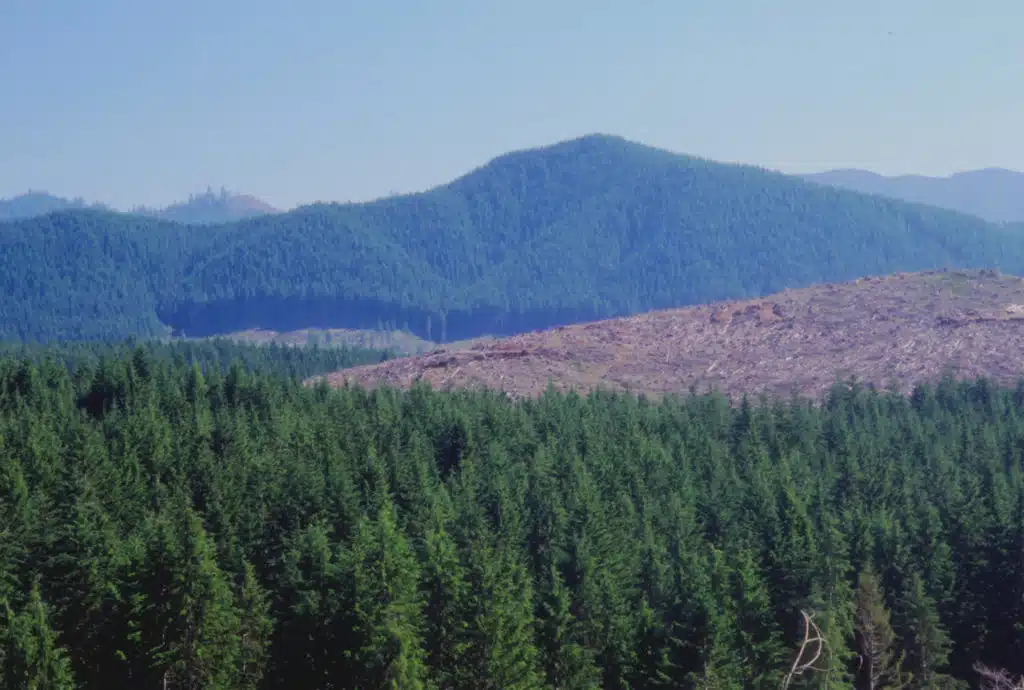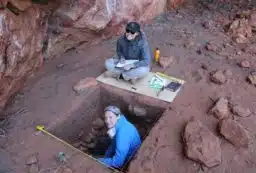Farmers have lent their voices to restoration efforts of a land once considered Darwin’s evolutionary blank canvas.
Mandy Trueman, a Perth ecologist, interviewed farmers in the Galapagos Islands to gather historical details that might help efforts to conserve the island’s special biodiversity, much of which has been lost to agricultural clearing and introduced species.
“I meshed farmers’ knowledge with historical accounts and aerial photographs to map and describe the Galapagos vegetation that existed before humans made major changes. Unfortunately, some parts of the Galapagos Islands have been radically transformed by agricultural clearing and introduced species and now bear little resemblance to their native state,” says Mandy, a PhD student at The University of Western Australia.
Mandy spent four years living in the Galapagos Islands, where she witnessed restoration projects aiming to repair the damage and to protect iconic species, but she noticed that not all of this work was successful.
She spoke to farmers in an effort to gain information that could help land managers restore resilient combinations of plant species and prevent further extinction of unique Galapagos species.
“I loved hearing stories of times-gone-by, when vermillion flycatchers flitted among endemic coffee bushes and giant tortoises grazed under huge daisy trees,” Mandy says. “Farmers have an intimate





 Fresh Science is on hold for 2022. We will be back in 2023.
Fresh Science is on hold for 2022. We will be back in 2023.